Knee osteoarthritis: hyaluronic acid better than expected
Larissa Melville completed her traineeship in the editorial team of . After studying biology at Ludwig Maximilians University and the Technical University of Munich, she first got to know digital media online at Focus and then decided to learn medical journalism from scratch.
More about the experts All content is checked by medical journalists.MunichEvery step hurts - knee osteoarthritis can reduce the quality of life enormously. There is a wide range of medication to relieve symptoms - including hyaluronic acid.It is considered controversial among experts, possibly wrongly.
Patients with knee osteoarthritis are prescribed different tablets - with and without cortisone. Feared by many patients, but just as common, are injections into the knee, for example with hyaluronic acid. Doctors speak of intra-articular injection. But which therapy works best?
A comparison of therapies
That's what Raveendhara Bannuru from Tufts Medical Center in Boston and her team wanted to find out. They compared the effectiveness of common osteoarthritis treatments in a meta-analysis. In total, the data from 137 studies with over 33,000 test subjects were included in the analysis.
The researchers compared the following therapies: active ingredients in tablet form such as paracetamol, diclofenac, ibuprofen, naproxen and celecoxib as well as corresponding dummy drugs. In addition, corticosteroids, hyaluronic acid and placebos, which were injected directly into the knee.
Injections into the knee with artificially obtained hyaluronic acid were most effective against pain. Paracetamol helped by far the least in this regard.
The functionality of the knees, on the other hand, improved significantly in all forms of therapy. The only exception were the injected corticosteroids. They didn't work any better than a placebo.
Overall, the syringe treatments were superior to the tablet intake. This could also be due to the fact that the placebo effect of syringes may be stronger than that of tablets, the researchers speculate. It is known from placebo research that more spectacular measures have a greater effect.
However, the injections also harbor some risks: If germs get into the joint, inflammation that is difficult to treat can develop.
Effective pain relief
It is particularly interesting that the treatment with hyaluronic acid developed the best effect against pain. Because so far there have been no studies that emphatically prove their effect. Many experts therefore do not shortlist such a treatment.
Hyaluronic acid is a substance that the body produces itself. It is a component of the synovial fluid and serves as a lubricant and shock absorber. With osteoarthritis, however, the balance between the breakdown and build-up of hyaluronic acid is disturbed. This is supposed to compensate for the synthetically produced hyaluronic acid injected into the knee. It also works as a lubricant and is supposed to make the knee more flexible and the cartilage more flexible and thus relieve pain.
Time gnaws at the joints
With osteoarthritis, also known as joint wear and tear, the cartilage layer of a joint gradually wears off. The knee joints are particularly often affected. The majority of the population will develop osteoarthritis at some point in their lives. To date there is no cure. However, it is possible to alleviate the symptoms and delay wear and tear - even with simple means. First and foremost, there is not restraint, but movement, preferably one that does not put too much strain on the joints - for example, cycling. It ensures that the joint cartilage is adequately supplied with synovial fluid.
Source: Raveendhara R. Bannuru et al .: Comparative Effectiveness of Pharmacologic Interventions for Knee Osteoarthritis: A Systematic Review and Network Meta-analysis. Annals of Internal Medicine doi: 10.7326 / M14-1231
Tags: tcm fitness diet

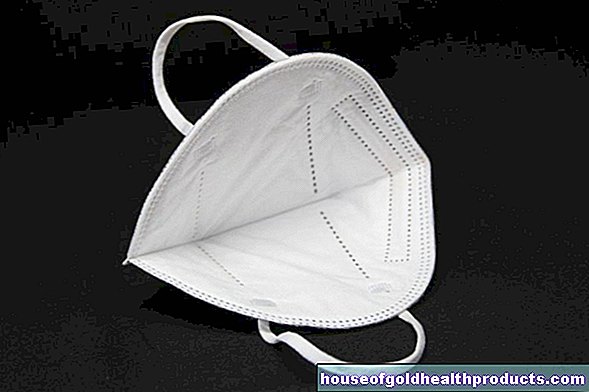








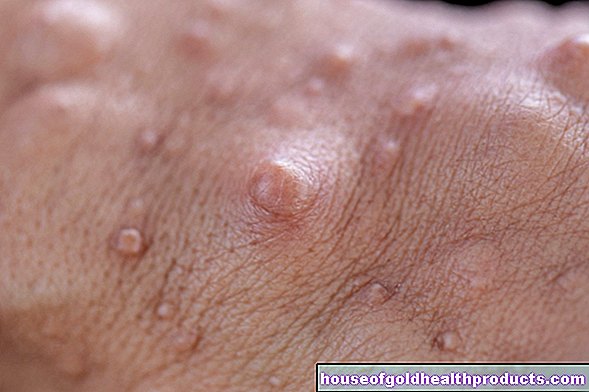
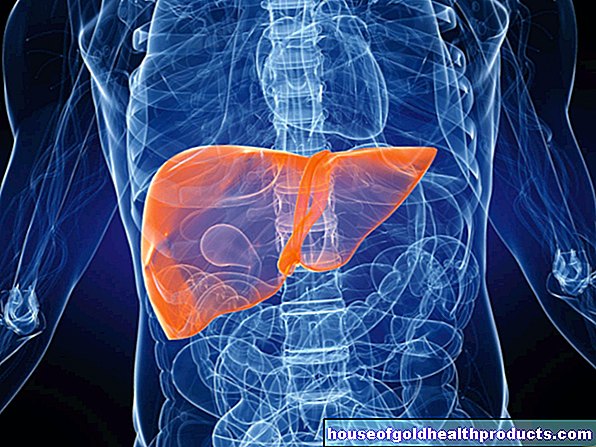

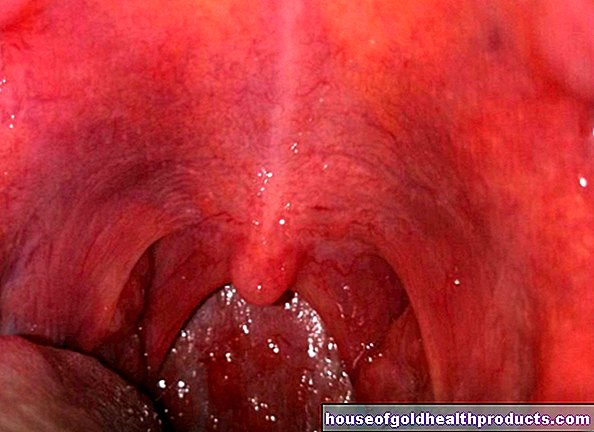





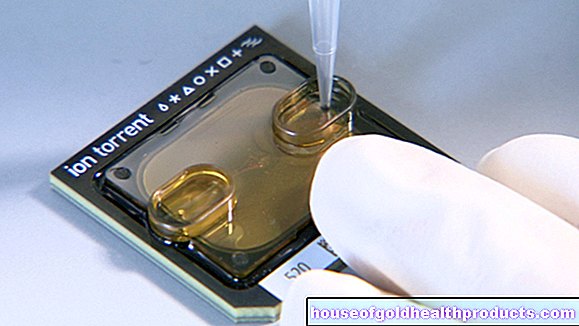

.jpg)







